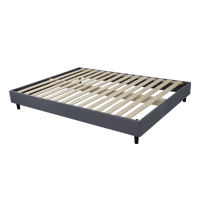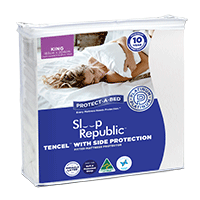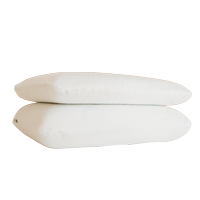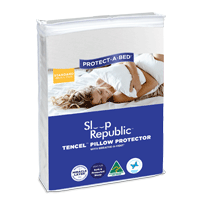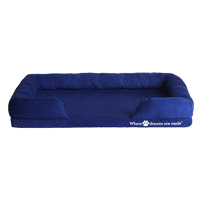General News, Uncategorized
Making a Good Impression – No Sag Intended
Sag and body impression – what’s what and and what’s acceptable?
BODY IMPRESSION.
If you’ve had your mattress for awhile you may notice some ‘dipping’ or body impression in the surface, usually there will be one or two distinct areas (or maybe even three if there’s a big spoilt dog around!).
Unless a mattress is very hard and unyielding in the top comfort layer, it will show some body impression and this is not a defect. Most mattresses, regardless of fancy marketing terms used, have comfort layers containing one or more of three types of foam; Polyurethane, Visco (also known as memory foam) and Latex.
With their different densities and responses, these foams are there specifically to accommodate and adjust to your body. Under regular compression they settle and compress to conform to weight and shape, and because we tend to sleep in the same area, this forms a distinct body-like outline.
Some degree of body conformity or dipping makes a mattress more comfortable, not dissimilar to shoes where they become favourites once they have accommodated the shape of your foot.
In a well-constructed mattress, the depth of this body impression (when no one is on the mattress) would not exceed 3.5 cm, any more than this and your mattress needs replacing. The key to look for in any warranty is what level of body impression does the manufacturer regard as acceptable.
Body impression can look worse than it is in larger mattresses like a King size, because often there is a distinct middle ‘hill’ strip that does little load bearing work!
How do you measure body impression? The easiest way is using a pole, broomstick or curtain rod for larger mattresses. Lay it across the bed around the hip area and then measure the gap from the bottom of the pole to the surface of the mattress underneath. Note that if there is any memory foam in the top layer you must leave the mattress without any weight for some time to let the foam recover before measuring.
Rotating the mattress monthly will help especially if there is a large weight difference between the occupants. Alternatively you can swap sides (good luck with that)! Or you could get a very heavy pet.
SAG.
Although all mattresses will show some degree of body impression, no mattress should sag. Sag is where the core of the mattress has given way and the whole top surface is effectively concave.
How can you tell if your mattress is sagging? Well, if your back hasn’t already told you, and if you’re constantly fighting to climb out of the middle of the bed at night, there will be a washing line like ‘droop’ starting right at the edges and at its worst in the middle.
Sag is usually caused by poor quality springs, foam or mattress construction, however sometimes the mattress base may be the cause. Always check that any base slats are still intact and the central support under the base is still in place. A mattress resting on a sagging base will also show sag through no fault of its own.
Never leave mattress sag unresolved; poor sleep and back issues will usually follow!

